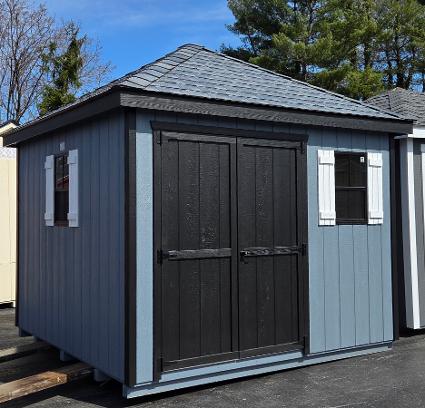Online users look for better ways to protect their identity, secure their conversations, and complete transactions without exposing personal details. Mega Darknet presents itself as a strong choice for people who value privacy and want more control over their digital activities. It focuses on safe communication, private data sharing, and secure transaction methods. The goal is simple: give users an environment where information stays confidential and actions remain protected. By using advanced privacy layers, Mega Darknet helps individuals reduce risks, prevent data leaks, and move online with more confidence.
Mega Darknet Supports Safe Transactions
Mega Darknet offers security features that help users send or receive information without revealing sensitive details. Instead of exposing data to open networks, it shields online actions behind encrypted pathways. This setup reduces the chances of identity theft, unauthorized access, or unwanted tracking.
Key advantages include:
- Strong privacy layers that hide personal activity
- Encrypted channels for secure communication
- Transaction methods designed to limit exposure
- Protection from common tracking and monitoring tools
These elements work together to build a safe environment where users can manage exchanges without fear of information misuse.
How does it protect user identity?
By masking digital footprints and blocking tracking attempts.
How does it secure communication?
Through encryption systems that prevent outsiders from reading shared messages.
How does it support safe transactions?
By using private channels that keep user actions hidden from public networks.
Why do people rely on it?
Because it offers confidentiality, stability, and reliable ways to maintain privacy.
Safe Communication Features
Mega Darknet ensures that conversations stay private and protected from interception. It uses encrypted message routes that allow users to communicate with confidence. These routes stop unauthorized parties from viewing shared details or altering content. Employees prefer Mega сайт to manage work files safely while ensuring remote accessibility anytime.
Main communication benefits include:
- Clear protection for personal messages
- Barriers against data interception
- Options to share confidential details securely
- Stable systems that maintain message privacy at all times
Secure Digital Transactions
The platform includes systems that allow users to complete transactions without revealing identity markers. It reduces exposure by keeping all activities inside shielded layers. This structure helps prevent digital theft, data leaks, or monitoring by unknown actors.
Transaction protection factors include:
- Hidden user information
- Encrypted transfer paths
- Minimal personal data involvement
- Reduced risk of unauthorized access
Summary of Key Points
- Mega Darknet supports safe online transactions and secure communication.
- User identity stays protected through privacy-driven design.
- Communication is encrypted end-to-end to prevent interception.
- Transactions are completed inside private channels with limited exposure.
- Users gain control, security, and confidentiality for everyday online activity.
Mega Darknet provides a strong system for people who want secure communication and safe online transactions. Its privacy layers, encrypted channels, and protected pathways give users better control over their digital actions. By reducing exposure and blocking unwanted tracking, it creates a safe space for confidential exchanges. Users who value privacy and security can rely on Mega Darknet to maintain trust, protect personal information, and support safer digital interactions every day.






